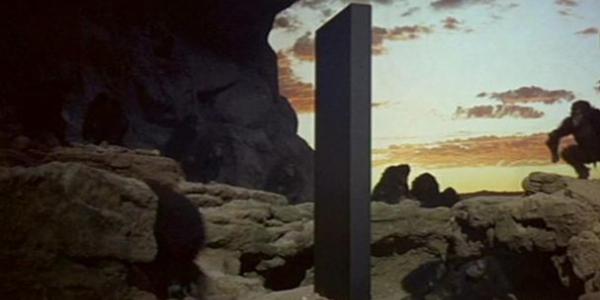Mise-en-scène is a french term that literally means "put in the scene". In film, Mise-en-scène is the total control that a filmaker exerts over every aspect of what will appear on the frame. This includes: Set design, lighting, space, composition, costume, make up and hairstyle, acting, filmstock and aspect ratio. The “mise-en-scène”, along with the editing and cinematography can affect the sence of realism of the film. The various elements of design assist in the expression of the filmmaker's vision by creating a mood, a sense of space and a sense of time. It can also help reveal the deep psychology of the character's in film. “Mise-en-scène” also includes the composition, which consists of the positioning and movement of actors, as well as objects, in the shot.
Some examples of films and filmmakers with a high level of Mise-en-scène are:
Wes Anderson in Moonrise Kingdom (2012) and The Life Aquatic with Steve Zissou (2004)
















